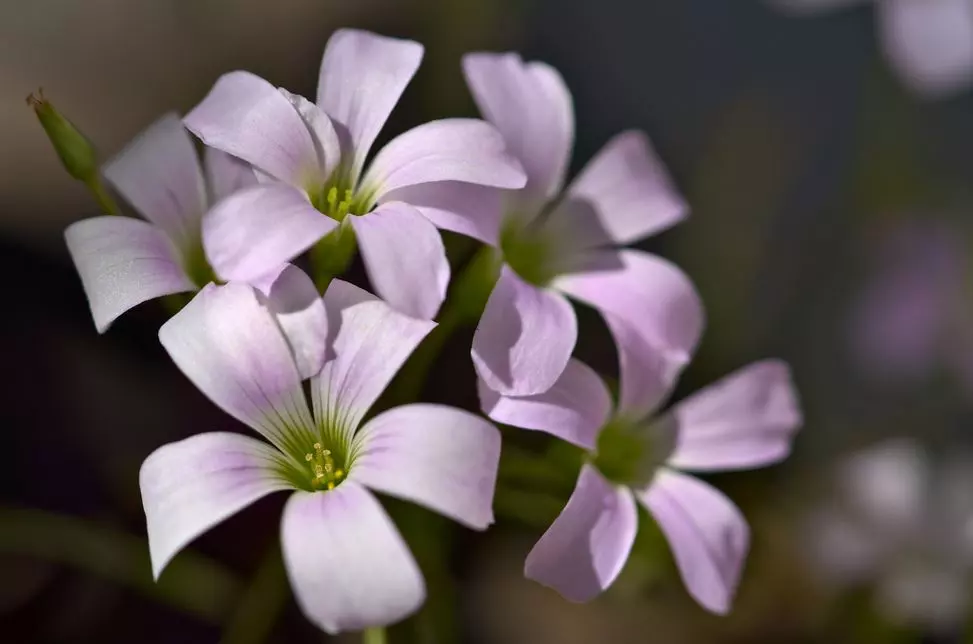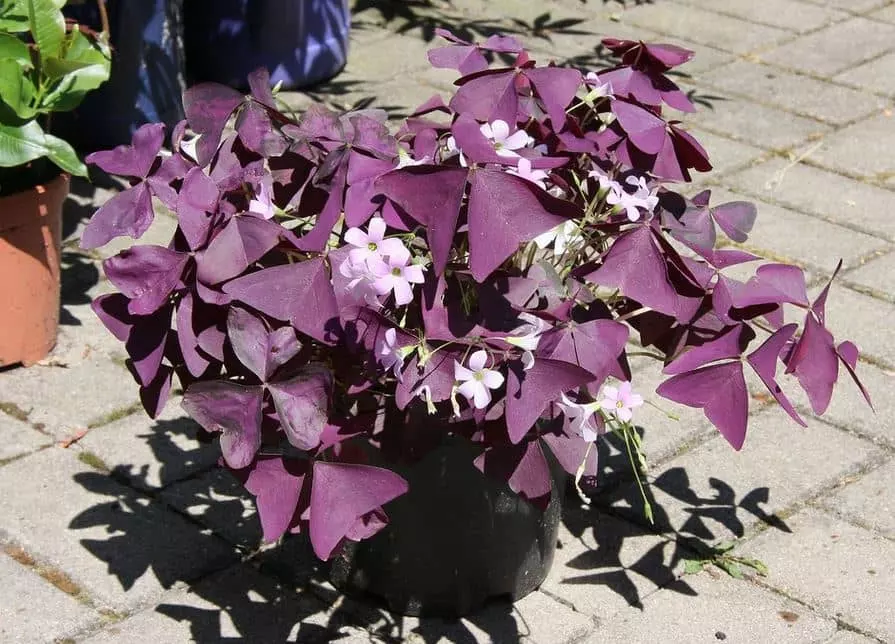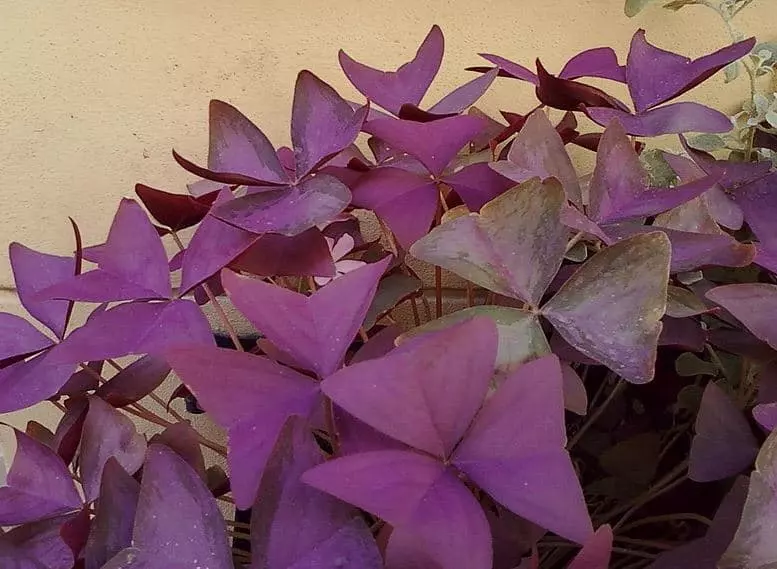Oxalis triangularis, also called false shamrock, or love plant, has this last name particularly appropriate, as it is a uniquely beautiful plant that is especially striking when kept in optimal conditions. However, it is a somewhat climate-delicate plant and is not always easy to care for, especially if its needs are not known. Learn all about Oxalis triangularis care in this article.
In this article, we tell you everything you need to know about Oxalis triangularis plant care to keep your plant looking healthy, strong, and beautiful. Join us to learn more about the false shamrock!
Table of Contents
Characteristics Of the Oxalis Triangularis Plant
This false shamrock has its origin in Brazil, particularly in cool areas of this huge South American country. It is a rhizomatous plant and its so-called bulbs keep the subway part of the plant alive in the cold months, leaving the aerial part to dry out and resprout again when conditions are optimal.
They are small in size, usually growing to about 8″ (20 cm) in height, and their most striking and identifying feature is their beautiful purple leaves, with stems so pale green that they seem almost white. These leaves look like butterflies resting when they are folded, but they have the ability to open or fold depending on the amount of light that reaches them, making this change in just a few hours, so they can adapt better and not receive more or less light than they need. Its pink or white flowers are small and drooping, and although they are pretty, they do not usually stand out more than the leaves.
While the plant is not dangerous on contact, planted in very large quantities it could be harmful to very young children. Likewise, if you have pets at home, make sure they do not eat it or rub against it too much, as it could be toxic to them.

Climate and Location to Care for Oxalis triangularis
One of the most important things when growing this plant is the climate it needs. Since it comes from cool areas of Brazil, where the thermal variation is small, it is a species that does not tolerate extreme temperatures, neither for heat nor cold and will react quite badly to any case of very high or very low temperature. Thus, the idea is to keep it always between 50°F (10 ºC) and 82°F (28 ºC), being able to withstand temperatures a little higher or lower, but always punctually. In winter, it will tolerate temperatures as low as 41°F (5ºC), but lower exposures will probably kill it.
With this in mind, it is normal that it tends to be grown as a potted houseplant, where it is much easier to control the environment to which it is exposed. If the climate suits its needs, it is also commonly grown as an outdoor potted plant, since planted in the soil it can act as an invasive plant.
In summer it can be taken out to terraces if the temperature is cool, in the same way, that in winter it can also be done if it is mild winters when the temperature does not drop below 41°F (5 ºC). In this way, the plant will enter in vegetative rest and will rest, to resprout in spring with recovered energies. If you have your butterfly plant indoors and you cannot give it vegetative rest, it is likely that the plant will weaken, although you can try to compensate with a little extra fertilizer.
- PRODUCT: Includes 20 bulbs per pack (Oxalis Triangularis). Please note that Oxalis bulbs are naturally smaller than a typical bulb.
- VERSATILE: As they're easy growers both in the ground and in containers, use this plentiful plant for edging, container gardens, or as indoor windowsill accents.
- FAST-GROWING: Expect the brilliant foliage to appear within 3-4 weeks of watering and delicate flowers in about 10 weeks.
Light to Care False Shamrock
Purple clover does well in semi-shade or direct sun if the sun is not too intense, although ideally it should receive plenty of light, always screened by a thin curtain or something similar. If it does not have enough light, the oxalis will have fewer leaves and its stems will be thinner, so it will be weaker and it will be easier for it to die from other deficiencies or from diseases or pests.

Watering False Shamrock
Except in its vegetative rest period, like all plants that do, the butterfly plant needs regular watering throughout the year.
The ideal frequency is to allow the top layer of the substrate to dry out between waterings so that the plant does not become thirsty but does not become waterlogged due to over-watering, which would rot its rhizomes. In the cold months, from the beginning of autumn, watering is suspended until spring, if rainwater is falling, although it is necessary to avoid too much.
Substrate and Fertilizer to Care for Oxalis triangularis
The Oxalis triangularis is not demanding in terms of its substrate, the only thing necessary being that it has good drainage. You can use a universal mixture with peat, coconut fiber, and worm humus in equal parts, to which you can then add vermiculite and perlite. This substrate is light, has ideal drainage and water retention properties, and is also very rich in nutrients and microorganisms beneficial to plants, so your Oxalis triangularis will develop perfectly.
Regarding the fertilizer, just add a little fertilizer monthly during the warm months, or a little organic matter such as compost or worm castings. I recommend you to read our article about clover fertilizer.
We hope this article on how to care for Oxalis triangularis will be useful and that you will enjoy this beautiful plant. We recommend our article about how to care for a wandering jew plant.


